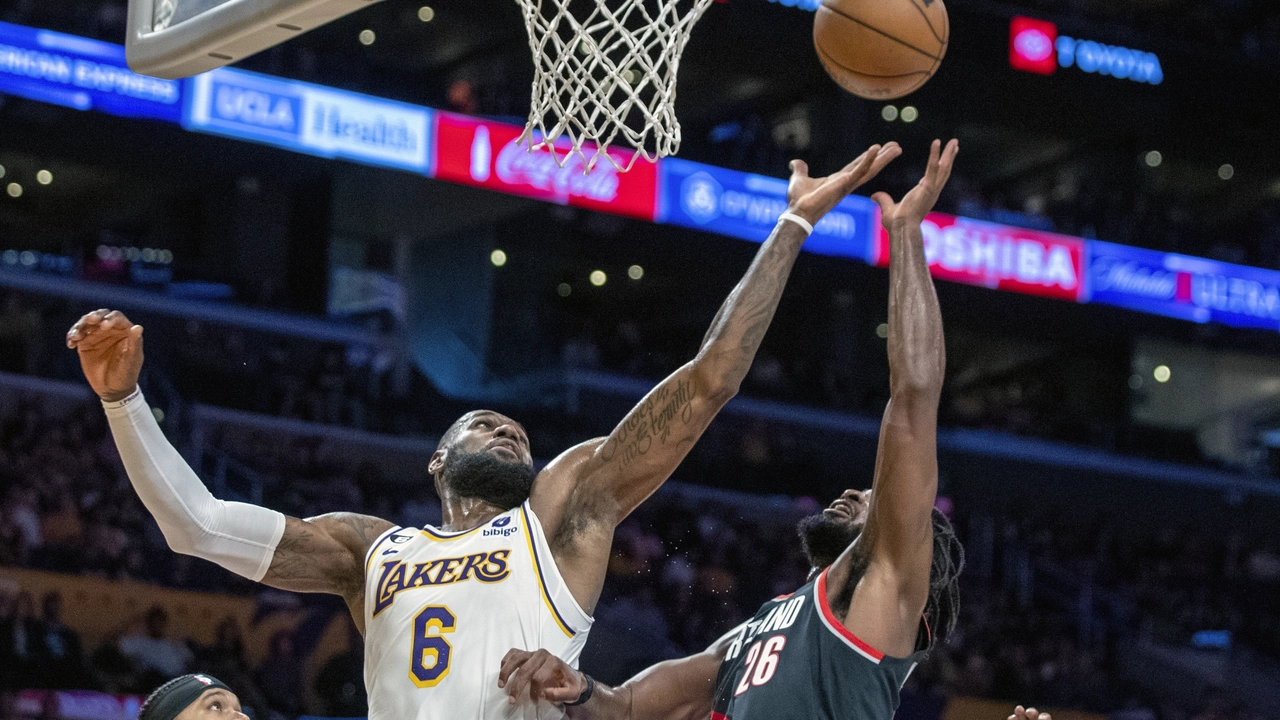Stalking: What It Is, Why It Matters, and How It Impacts Everyday Life
When talking about stalking, a pattern of repeated, unwanted monitoring or contact that creates fear or distress. Also known as harassment, it can happen both offline and online, crossing personal, professional, and public spheres. Understanding the mechanics of stalking helps you spot warning signs early and protect yourself or others.
One major avenue for modern stalking is social media, platforms where users share photos, locations, and daily updates. These tools make it easy for an obsessive follower to track a target’s movements in real time. When the target is a celebrity, a public figure with high media exposure, the risk spikes because fans often feel a false sense of intimacy. This blend of fame and constant digital footprints fuels a culture where privacy, the right to control personal information becomes a fragile commodity. The more data a person shares, the easier it is for a stalker to build a detailed profile without consent.
Stalking isn’t just a personal issue; it ripples into broader social concerns. Online harassment often starts with a single unwanted message and escalates to repeated surveillance, threats, or doxxing. Victims may experience anxiety, sleep loss, or even physical danger. Law enforcement recognizes these patterns, linking stalking to cyberstalking statutes that address digital abuse. Communities that discuss sport, like the ones you’ll see below, illustrate how fan enthusiasm can blur into uncomfortable fixation, especially when athletes’ private lives become public fodder.
Why Sports Fans and Public Figures Face Unique Stalking Challenges
In the world of sports, the line between admiration and obsession can be thin. A passionate supporter might follow a player’s Instagram, track every game, and collect memorabilia. When that enthusiasm tips into relentless messaging or showing up at personal events, it transforms into stalking. Articles about LeBron James’ fitness routine, Tom Brady’s defining plays, or Rob Gronkowski’s retirement show how athletes’ daily habits become open books for fans. The more detail a media outlet shares, the more material a stalker has to craft a pursuit plan.
Conversely, non‑athlete topics on this site—like visa fee changes, sheep in a pub, or college football reforms—still teach valuable lessons about personal boundaries. They highlight how ordinary news can spiral into unwanted attention if shared without caution. By examining these varied posts, readers learn that stalking isn’t limited to romance or celebrity drama; it can surface in any context where information is publicly accessible.
Below you’ll find a curated collection of posts that touch on these themes from different angles: from the mental toughness of elite athletes to the legal shifts that affect how sponsors manage costs, and even quirky stories that remind us how quickly a harmless moment can go viral. As you scroll, keep an eye on how each piece illustrates the interplay between public exposure, personal privacy, and the fine line between fan enthusiasm and invasive behavior. Let’s dive into the stories and see how they connect to the broader conversation about stalking and safety.
Julia Wandelt’s trial for a 32‑month stalking campaign against Kate and Gerry McCann opens in Leicester, highlighting the emotional toll and potential legal repercussions.
View More



